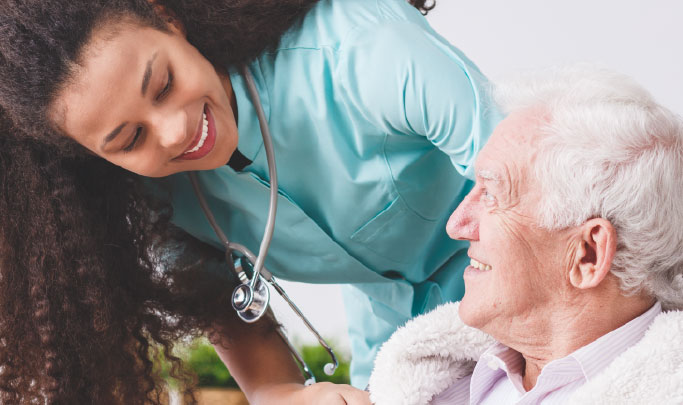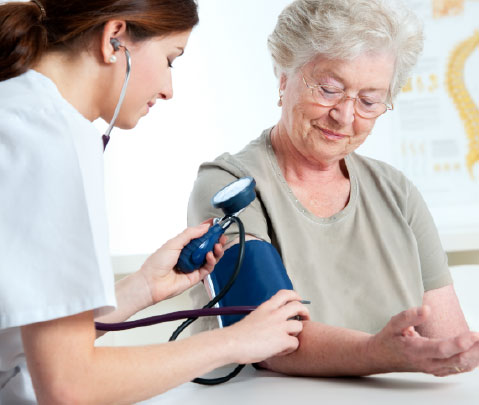Low Vision Rehabilitation Services
For Patients With Vision Impairment, Including:
- Age-Related Macular Degeneration (AMD)
- Central Retinal Vein Occlusion (CRVO)
- Retinitis, Pigmentosa, Corneal Damage, Stroke, Atherosclerosis, Temporal Arteritis, Trauma, and Tumors
- Glaucoma
- Diabetic Retinopathy
Low Vision Rehabilitation is the focus on treatment and education that helps individuals who are visually impaired attain maximum function, a sense of well being, a personally satisfying level of independence and optimum quality of life. The Roads Home Health can educate people with low vision to continue living in their own homes and complete daily tasks, such as showering, dressing, cooking, grocery shopping, managing finances and getting around in the community.






